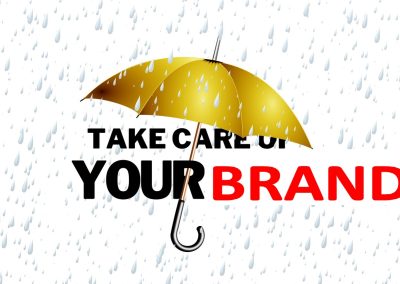Better a ticker payroll than the opportunity to access corporate rates or services: less than 20% of Italian workers is likely to convert part of their salary into employee welfare programs. But it’s not just a matter of convenience.
You may get confused when dealing with employee welfare, meaning the number of initiatives that companies are offering to improve employees’ office and personal life. Surfing the web you may bump into corporate libraries, vouchers for museums or theatres, yoga or fitness lessons, quit smoking programs, valet services, pet days, caregivers support. According to the Italian Ministery of Labour, one company out of three provides employees with one or more welfare services. Another survey by OD&M Consulting states that only 2.5% of Italian companies is not willing to introduce employee welfare programs in the next three years.
Despite the economic equivalent balances or even exceeds what would be added to the payroll, employees participation is often aloof. So aloof that companies risk to jeopardize their investment and the expected result ‘more welfare = more engagement = more productivity’.
The jam mechanism is somehow communication: many companies struggle to find the right contents, tone and channel to share what should represent a benefit for employees. Too difficult are sometimes the processes to access single services, too rooted the idea that the employer is using welfare programs to hide organizational issues or internal gaps. But even where the initiative is properly structured and aligned with corporate values and management style, communication is limited to cold tools, such as e-mails or the Intranet, which are far from motivating or inspiring receivers.
Effective communication should begin well before deciding what’s inside the employee welfare. It should engage staff in the early design steps, listen to people needs and activate meaningful conversations. Instead of generic services for work-life balance, the company might opt for modular plans to let individuals choose the best formula according to personal needs and preferences. You may be surprised. Maybe your staff would have trainings to reinforce some professional skills, rather than discounted public transport passes. By the way, taking care of people employability is one of the emerging trends of employee welfare.
Staff could recommend the best communication approach too, blending corporate and informal tools to stimulate discussion and experience sharing. And, when the wheel spins on the right side, employers benefits are not only about staff happyness. When employee welfare programs are successful, the internal climate improves from 40% to 73%, staff retention from 37% to 69%, corporate reputation from 40% to 71%. Welfare Index Pmi confirms this.




